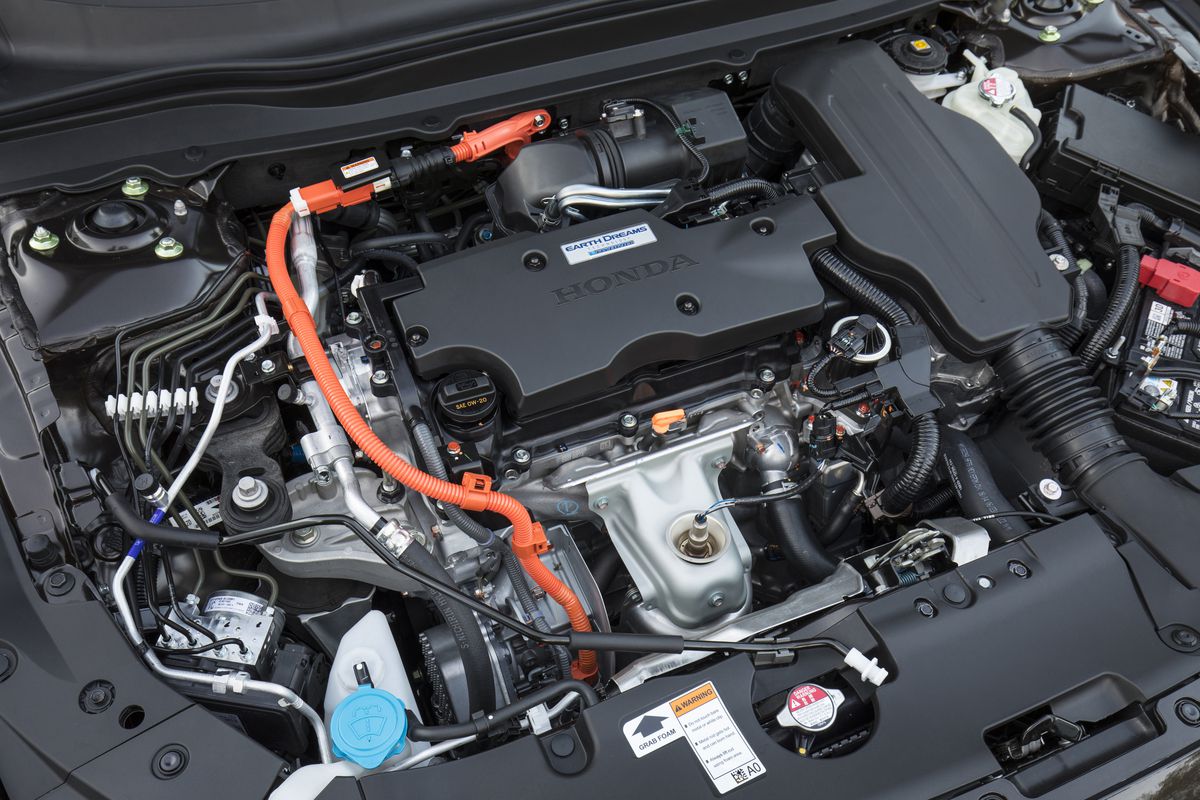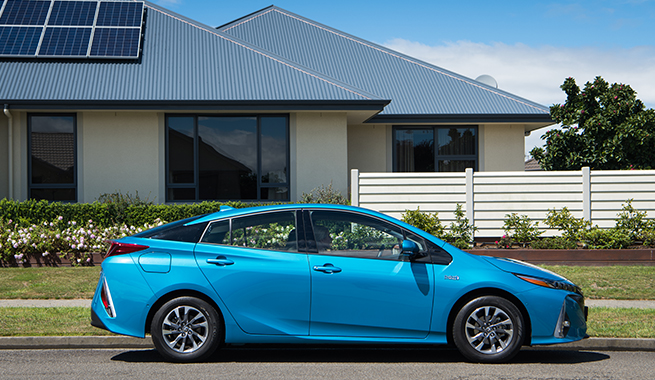

In addition to its engine, it could be plugged into a standard outlet and recharged to 95% range in about 4 hours.
#Hybrid vehicles meaning series
In 2003, Renault began selling the Elect'road, a plug-in series hybrid version of their popular Kangoo, in Europe. Lithium-ion battery pack, with cover removed, in a CalCars "PRIUS+" plug-in hybrid converted Toyota Prius converted by Energ圜S GM calls its Chevrolet Volt series plug-in hybrid an "Extended-Range Electric Vehicle". Other popular terms sometimes used for plug-in hybrids are "grid-connected hybrids", "Gas-Optional Hybrid Electric Vehicle" (GO-HEV) or simply "gas-optional hybrids". These currents are known as Alternating Current (AC) used for on board chargers and Direct Current (DC) used for external charging. įor these cars to be battery operated, they go through charging processes that use different currents. For example, a PHEV-20 can travel twenty miles (32 km) without using its combustion engine, so it may also be designated as a PHEV32km.


As of December 2019, China had the world's largest stock of PHEVs with 767,900 units, followed by the United States with 567,740, and the United Kingdom with 159,910. Īs of December 2019, the global stock of PHEVs totaled 2.4 million units, representing one-third of the stock of plug-in electric passenger cars on the world's roads. The top-selling models are the Mitsubishi Outlander P-HEV, the Chevrolet Volt family and the Toyota Prius PHV. By the end of 2017, there were over 40 models of highway-legal series-production PHEVs for retail sales, and are available mainly in China, Japan, the United States, Canada and Western Europe. Mass-produced PHEVs have been available to the public in China and the United States since 2010. A PHEV's battery pack is smaller than all-electric vehicles for the same vehicle weight (due to the necessity to still accommodate its combustion engine and hybrid drivetrain), but has the auxiliary option of switching back to using its gasoline/ diesel engine like a conventional HEV if the battery runs low, alleviating range anxiety especially for places that lack sufficient charging infrastructure. Compared to conventional hybrid electric vehicles (HEVs), PHEVs have a larger battery pack that can be charged from the power grid, which is also more efficient and can cost less than using only the on-board generator, and also often have a more powerful electric output capable of longer and more frequent EV mode driving, helping to reduce operating costs. solar, wind or hydroelectric) and largely emission-free, or have an overall lower emission intensity than individual internal combustion engines. These centralized generators may be of renewable energy (e.g. Similar to all-electric vehicles (BEVs), PHEVs displace greenhouse gas emissions from the car tailpipe exhaust to the power station generators powering the electricity grid. Most PHEVs are passenger cars, but there are also PHEV versions of commercial vehicles and vans, utility trucks, buses, trains, motorcycles, mopeds, and even military vehicles. A plug-in hybrid electric vehicle ( PHEV) is a hybrid electric vehicle whose battery pack can be recharged by plugging a charging cable into an external electric power source, in addition to internally by its on-board internal combustion engine-powered generator.


 0 kommentar(er)
0 kommentar(er)
